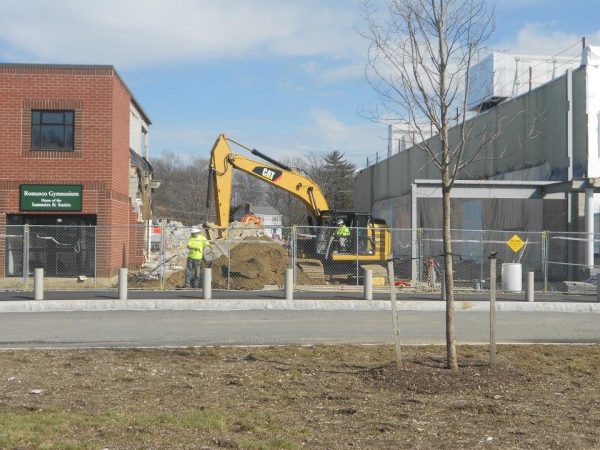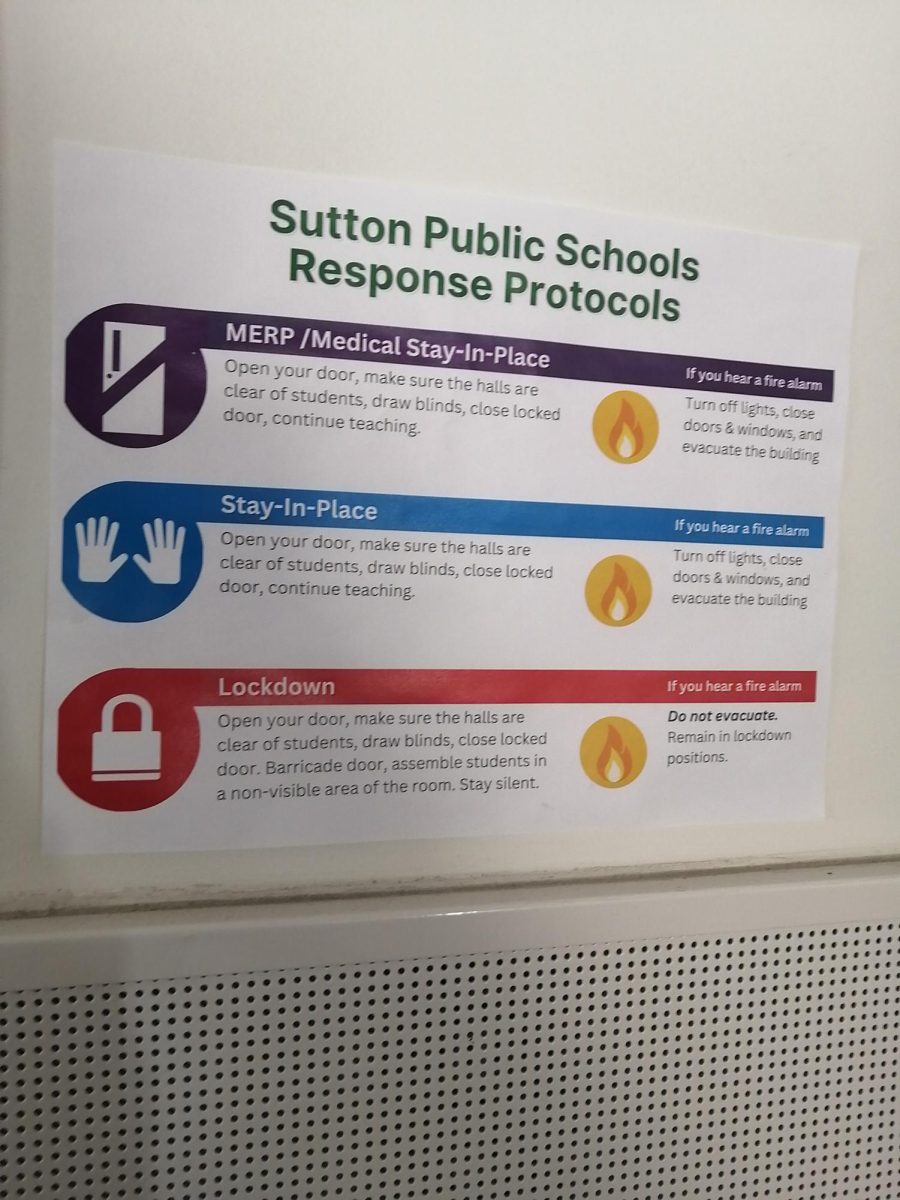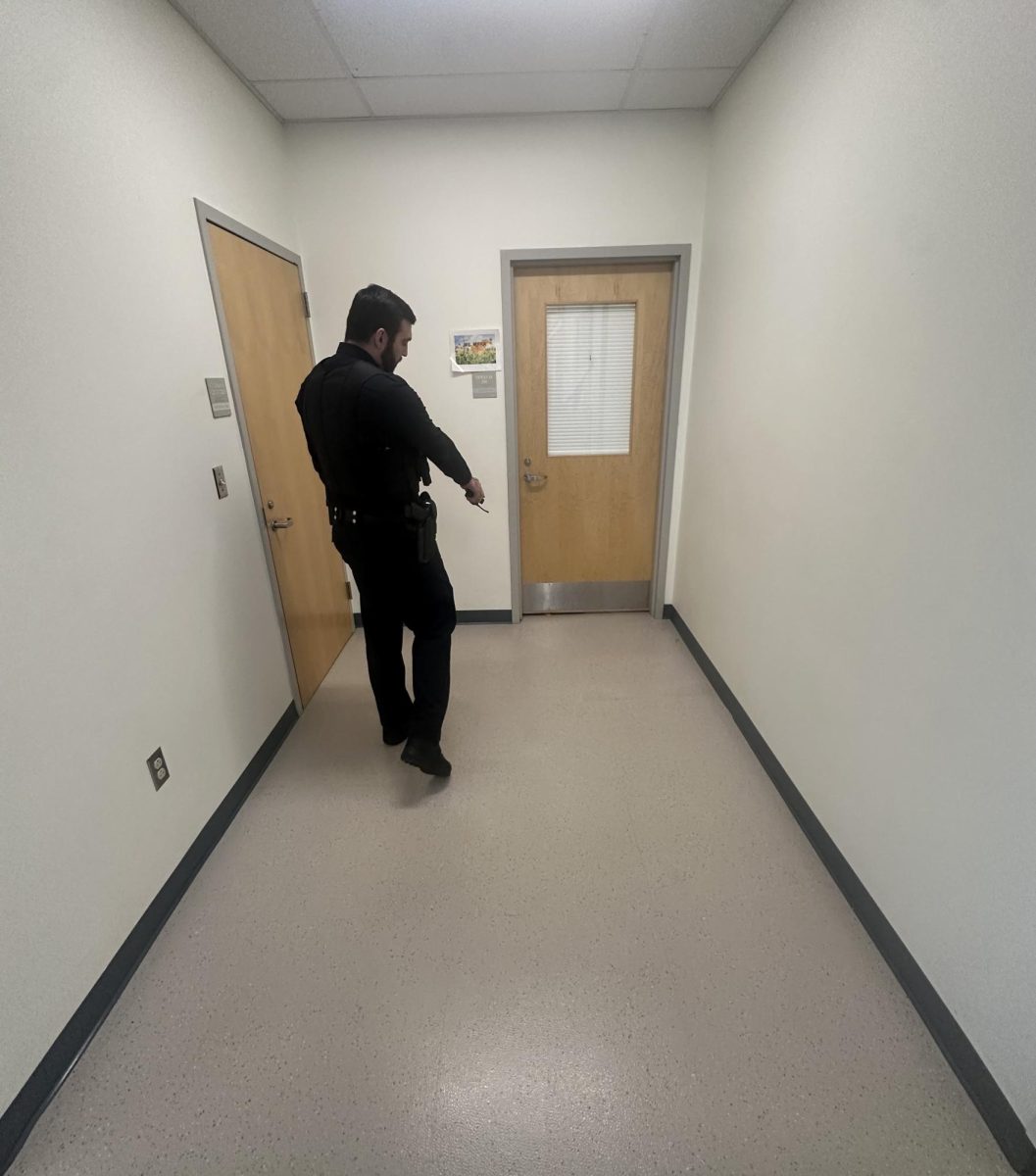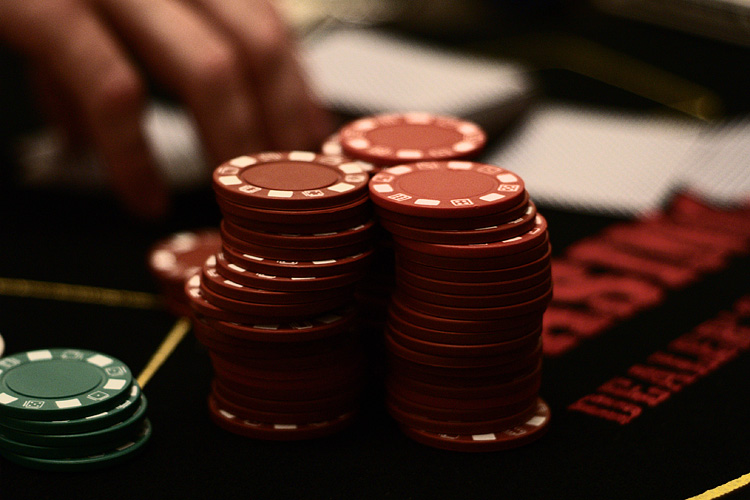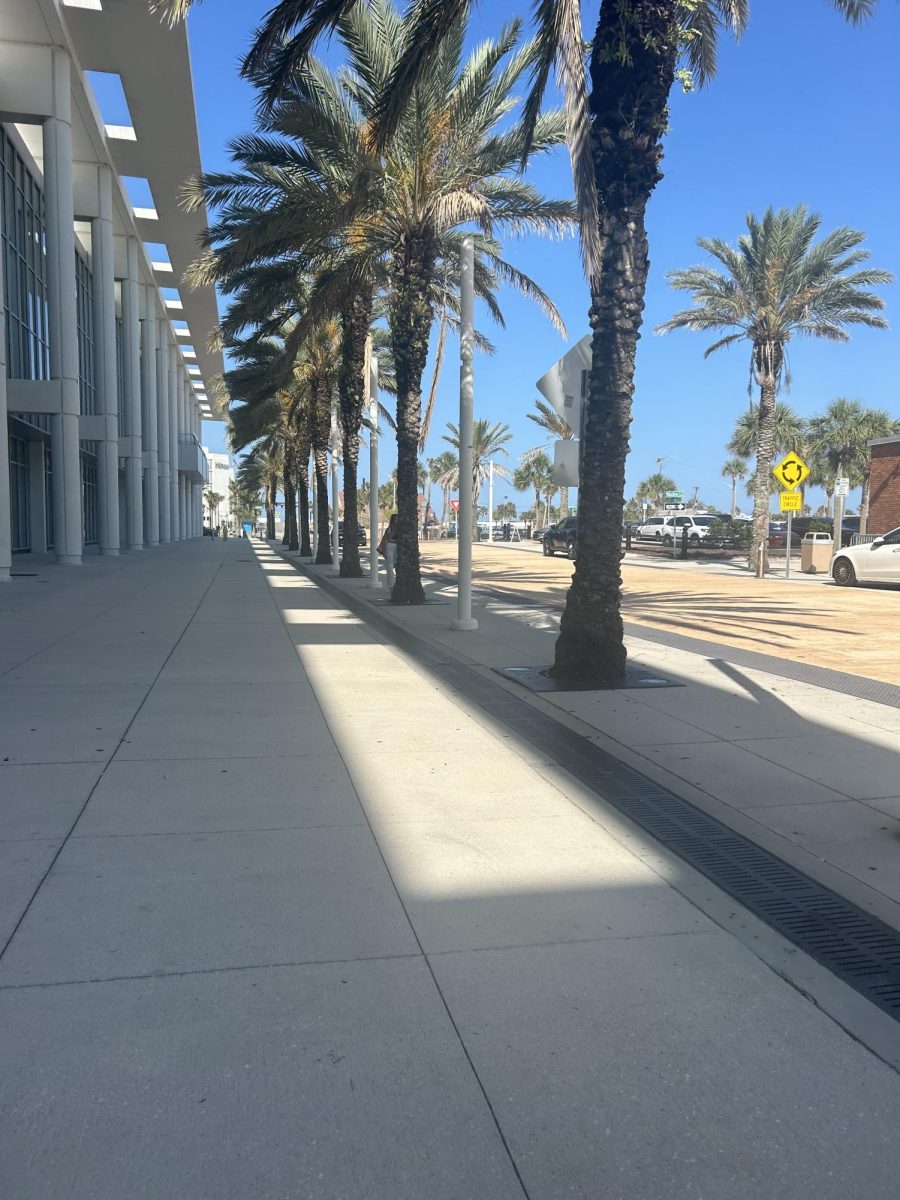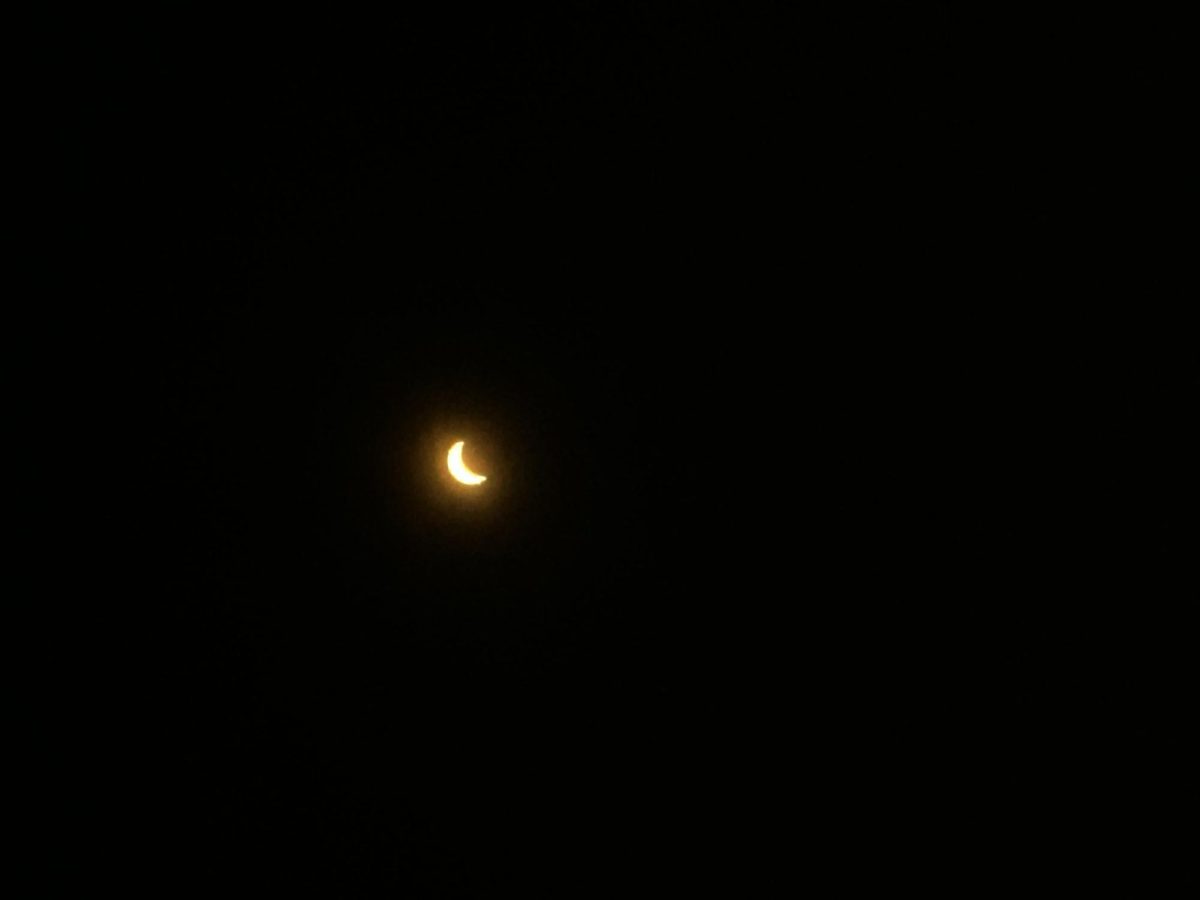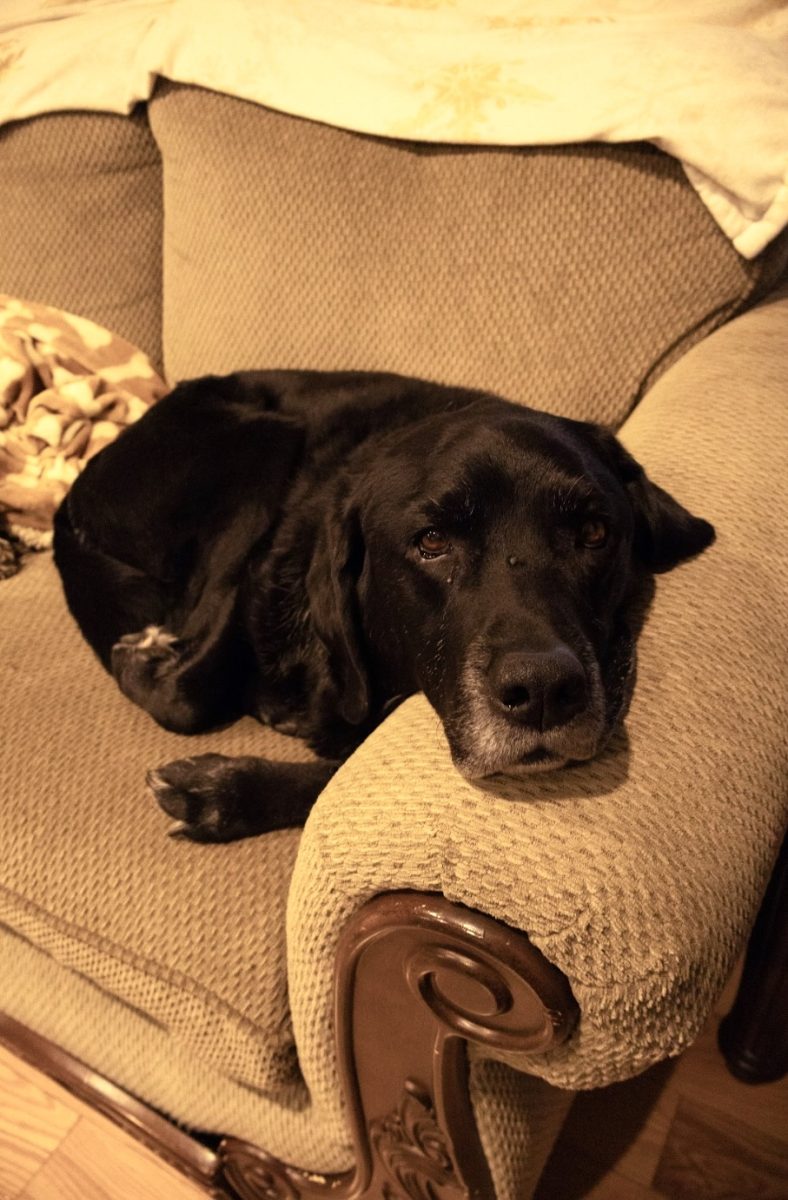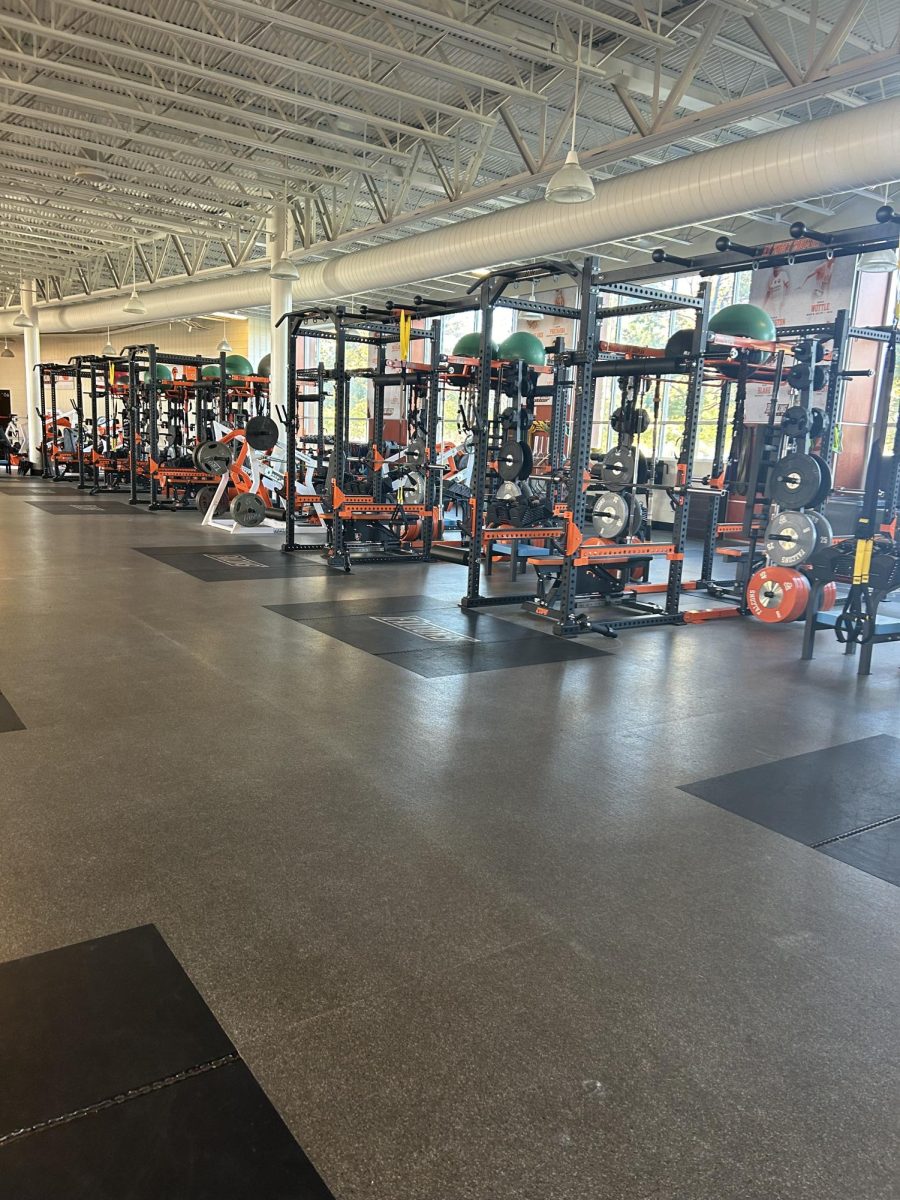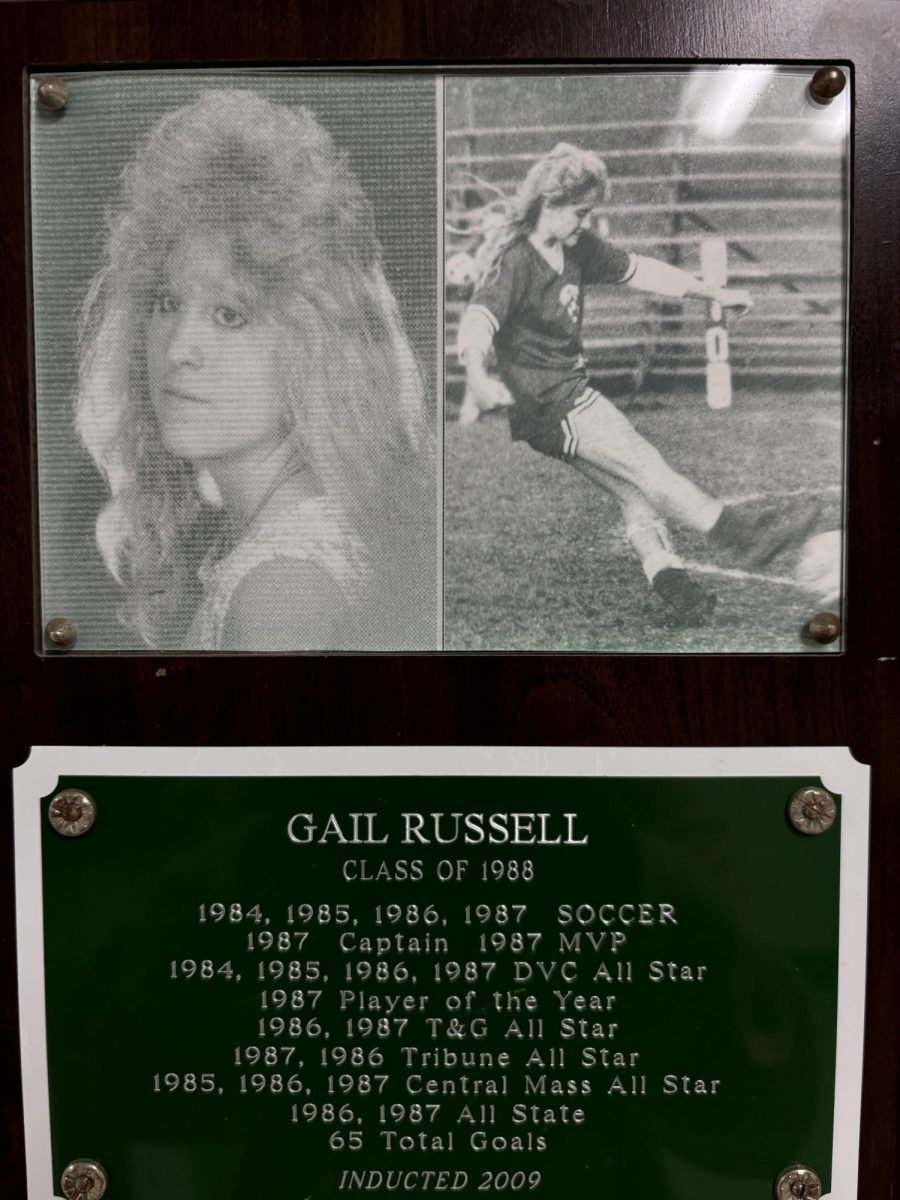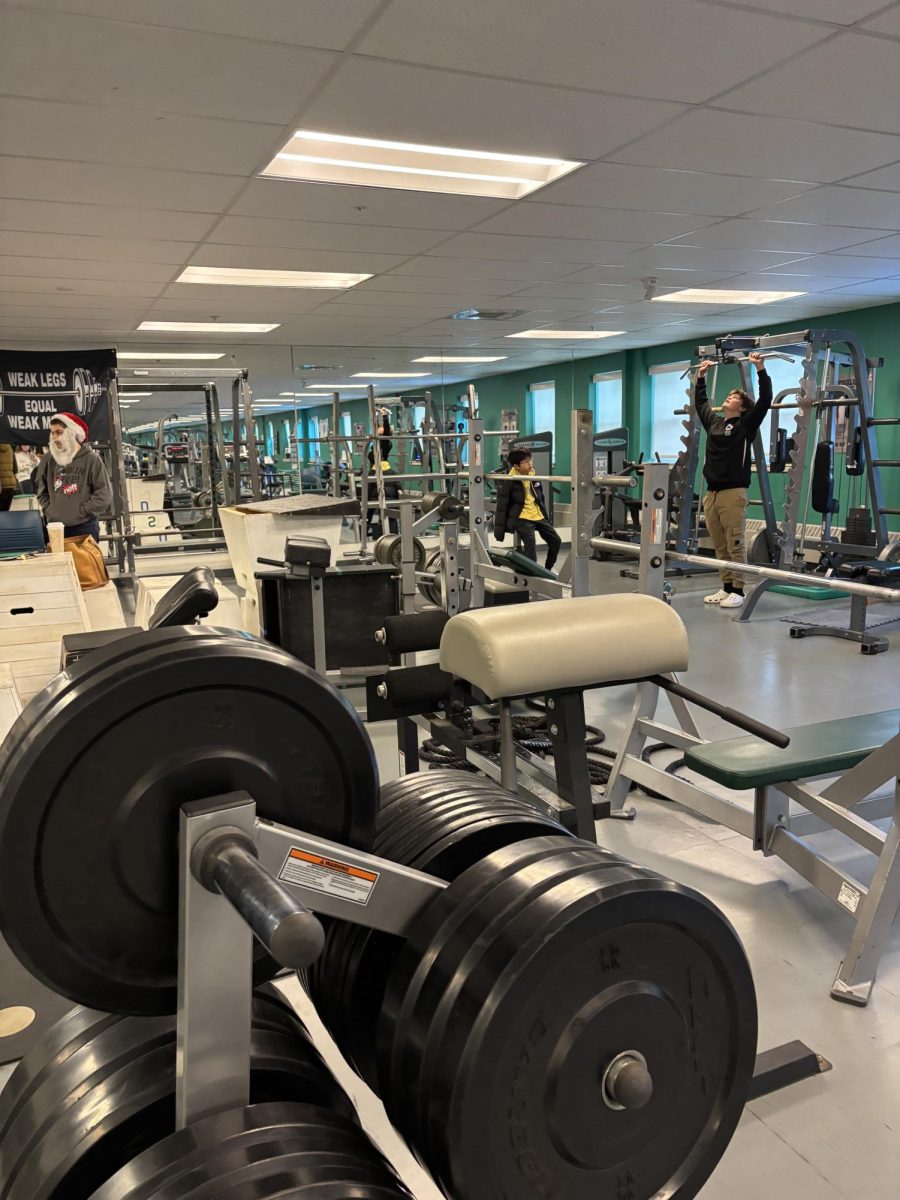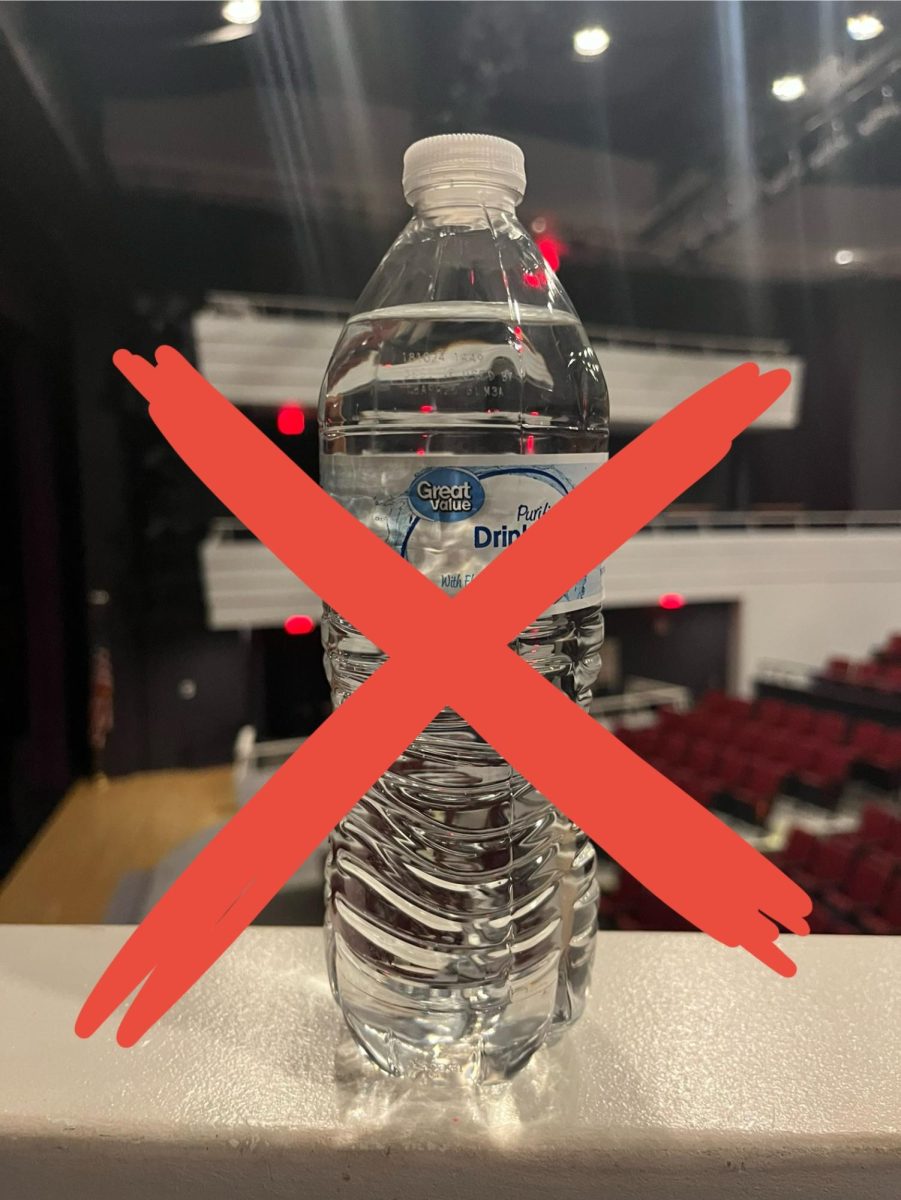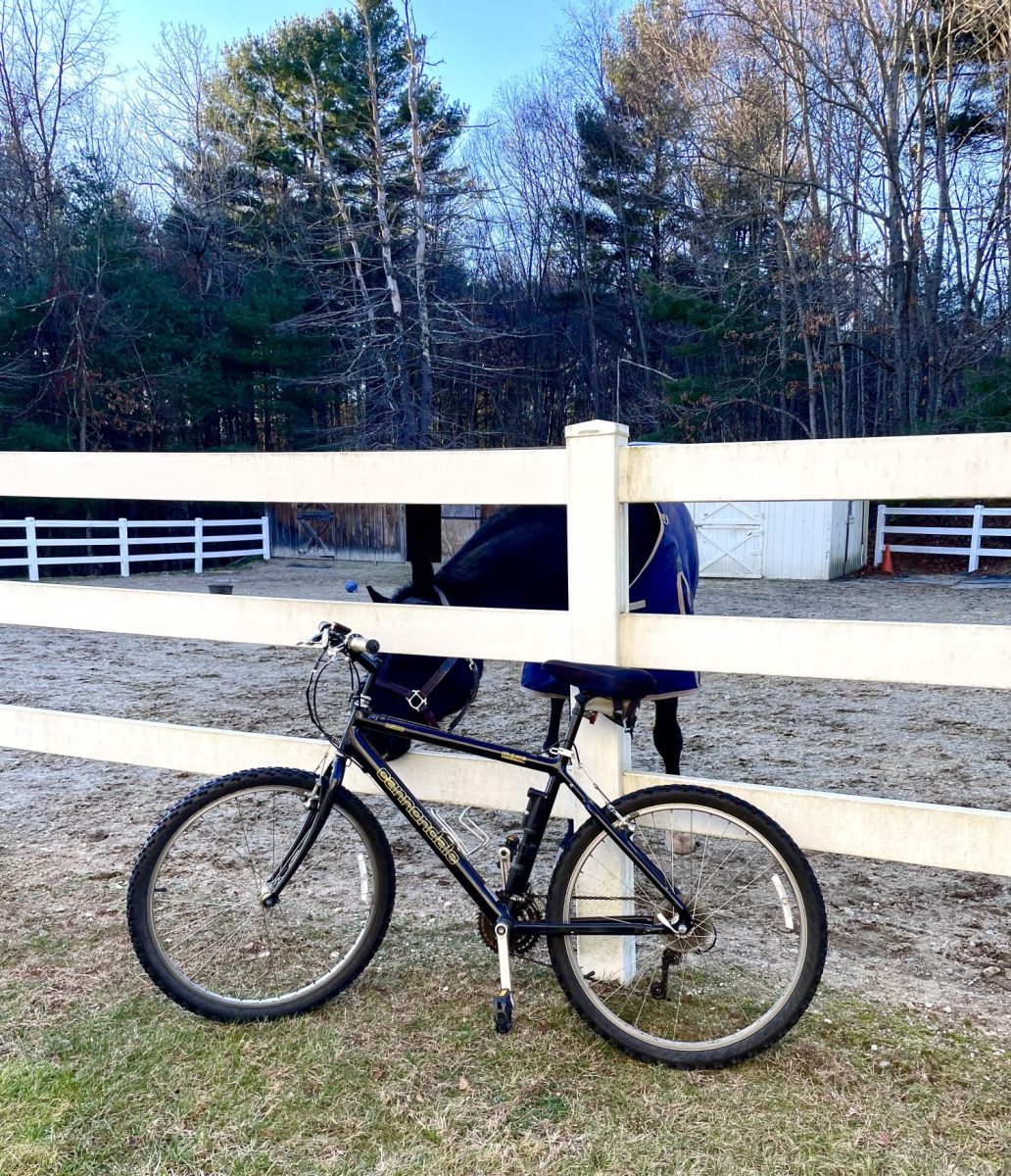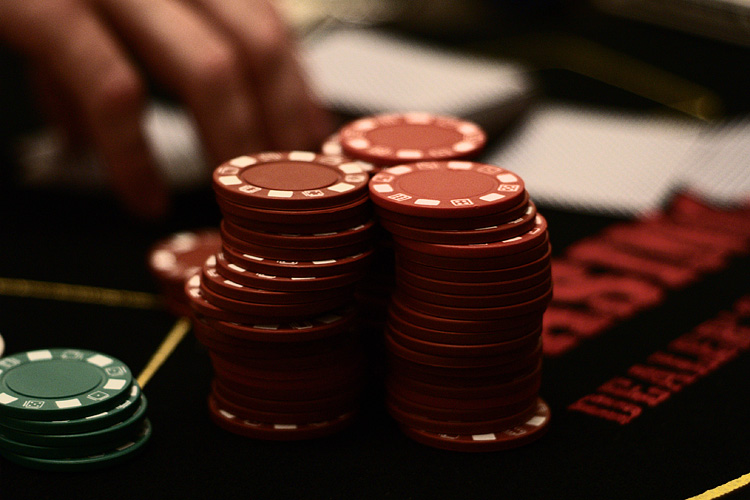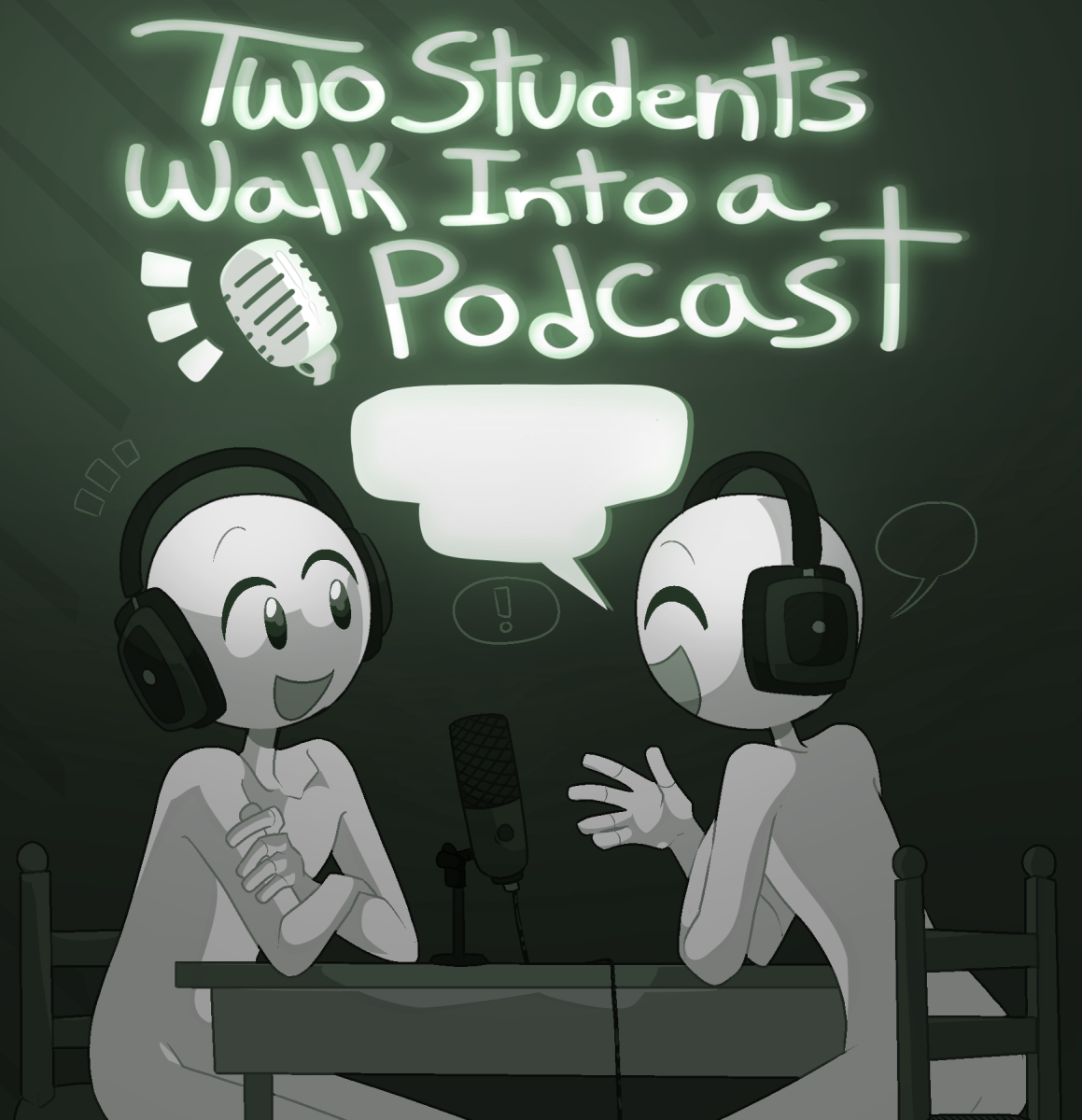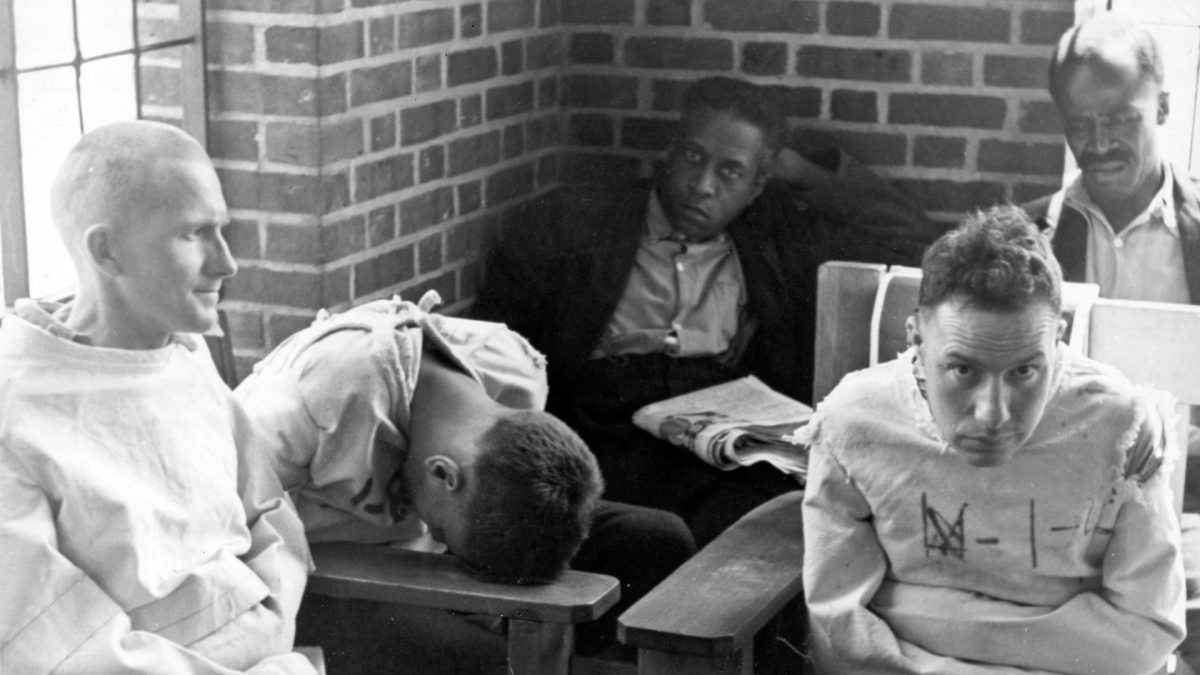The Hidden City of Pompeii
Diving deeper into the life of citizens during as well as before the explosion.
May 1, 2023
August 24, 79 CE, was the day that two thousand people died, and their bodies were covered in ash showing them in their last moments.
A deafening boom roars through Pompeii’s crowded town. The ground shakes violently, throwing the people off balance and toppling stands of fish and meat over at the market. People scream and point toward Mount Vesuvius, a massive volcano that rises above them.
Nearly 2,000 years ago, Pompeii was a bustling city located in what is now southern Italy. Pompeii was pretty much lost and forgotten until it was rediscovered in 1748. With the skills of excavation scientists, they have been able to figure out almost exactly what happened on that terrible day.
Now, lets put ourselves in the shoes of the Romans on this horrid day.
Around one in the morning, a cloud of ash appears above Mount Vesuvius along with continuous earthquakes. The first stages of eruption phases began at 9 a.m.
This wasn’t anything new to the city seeing how Mount Vesuvius has erupted in the past. The actual eruption happened at one in the afternoon, creating an even bigger cloud of ash. A lot of people took the hint to pack all their belongings and get out as quickly as they could. Even as their buildings are collapsing around them the true citizens stayed with everything they had built.
It wasn´t until the next day in the early morning at six-thirty that Mount Vesuvius erupted for the final time, destroying the city as well as the people in it. But what´s different about this situation is that everything was covered by calcified layers of ash, allowing the bodies to be preserved even after their bodies decomposed.
The whole city of Pompeii was frozen in time.
The layers of ash actually helped preserve buildings, artwork, and even the forms of bodies as they decomposed and left holes in the ash. Based on what they uncovered, scientists believe that Pompeii was a prosperous town popular with wealthy vacationing Romans.
So what was it like living in this magnificent city in Rome?
To relax, people soaked in public baths, watched gladiators or chariot races at an amphitheater, and enjoyed plays in two theaters.
Public amusement was one of the most chosen delights for any Pompeii citizen. Ancient entertainment such as the gladiator fights, animal hunts, rituals, and even executions kept the people occupied. The grand amphitheater of Pompeii was their main entertainment venue.
Watching gladiators fight to their deaths had to be one of the most popular events in Pompeii. It was know that the dead or injured fighters were to be dragged to the side of the ring after they were defeated to make room for the next fight. The winning gladiators would receive fame and glory if they fought well.
The amphitheater held up to 20,000 spectators not only from Pompeii but as well as people from the neighboring towns. In 59 CE, the cheering of the audience led to a bloody brawl between the people from Pompeii and those from the visiting city. This all lead to the arena being forced to close down by the Senate, resuming matches in 69 CE and continuing their sports until the eruption.
Although Pompeii might be known as “ancient history”, scientists are certain that Mount Vesuvius is way overdue for another major explosion. This time though, the citizens have the right tools and technology to get them out in advance.
